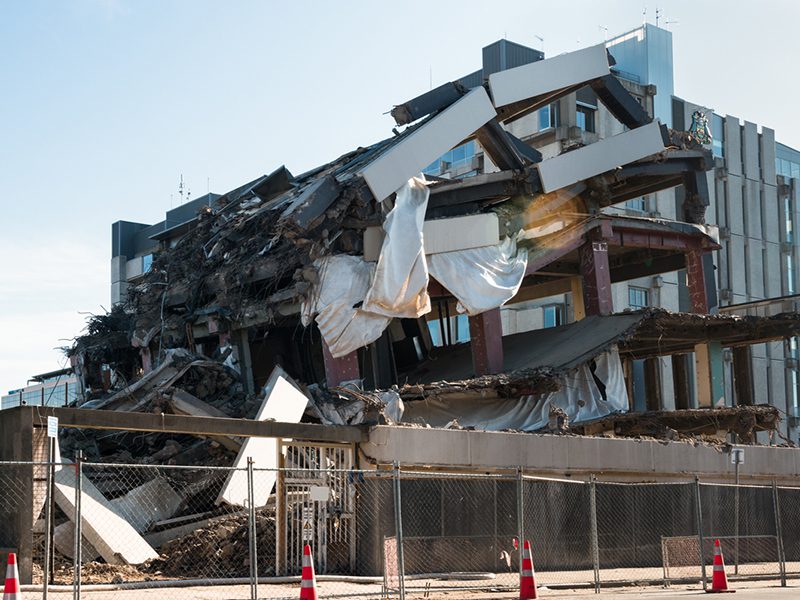The post-pandemic broker E&O trend, and how to prevent it

Many clients’ commercial property limits aren’t being adjusted for inflation, and that’s unduly exposing brokers to errors and omissions (E&O) claims, one commercial litigation lawyer observed.
Inflationary increases are typically applied to all building values upon renewal. The problem is, in many instances, commercial building limits aren’t being updated in accordance with inflation. That’s leaving commercial property policyholders with nowhere near enough coverage to rebuild after a loss.
It’s also placing the onus on brokers to make it clear their clients’ limits need updating — or risk facing off with them in a court of law.
“[During] COVID, building prices went absolutely haywire,” said Gord McGuire, partner at Adair Goldblatt Bieber LLP.
“I’ve seen many circumstances where the building limit was set many years pre-COVID,” he said. “If it was set at $500,00…it’s now going to cost more than a million [dollars] to rebuild, and the policy’s only been increased by $50,000.”
Ultimately, it’s insureds who are responsible for setting building limits. But recent cases have placed the duty on brokers to ensure their client has adequate coverage, lest they be deemed negligent for it, McGuire explained.
“There’s more recent case law that seems to put a higher onus on the broker when it comes to…making it very clear to the client that the broker doesn’t have expertise in setting the limit, that it’s very important to be insured fully after a loss,” he said, “and suggesting that the client procures the advice of a professional in figuring out what the limit is.”
This trend isn’t exclusive to commercial buildings, McGuire noted. Clients with cottage or seasonal properties are also finding themselves without a sufficient guaranteed replacement cost due to inflationary coverage cost increases.
“I’ve seen cases where the cottage owner has something like a third of the limits that they need to rebuild,” he said.
Best practices
Brokers have a specific duty of care to ensure their clients’ coverage is sufficient. This duty, McGuire said, is threefold. It requires the broker to:
advise the client that it’s important to insure to value
advise the client that the broker doesn’t have the expertise to pick a particular limit
recommend the client consider retaining the appropriate third parties to determine the rebuild cost.
Not doing so means a broker may be brought to court and, if deemed negligent, may be responsible for the limit difference and/or any consequential losses.
To better avoid E&O exposure, McGuire said, “I think a brokerage should find out what the five most common ways that [their] clients can be left underinsured [are], and then turn their minds to how they can be advising clients to avoid that situation.”
He also advised brokers to more effectively warn clients of the consequences of being underinsured. This can happen by having clients explicitly agree that they’ve declined a form of coverage.
For example, “we have an against brokering advice letter,” Adam Mitchell, CEO of Mitch Insurance Brokers added.
“When you’re signing up for [a policy]…you get to sign off if you think increased accident benefits are a bad idea, or increased liability limits are a bad idea.”
Mitchell emphasized that documentation is a brokers’ best defence against E&O. “All of our phone calls are recorded, logged, and put into the system,” he said.
Then, he added his brokerage has a full-time auditor, whose job is to review files and calls, and a full-time trainer, who reviews the files and determines where brokers need to reinforce their guidance.
Feature image by iStock.com/KiraVolkov



